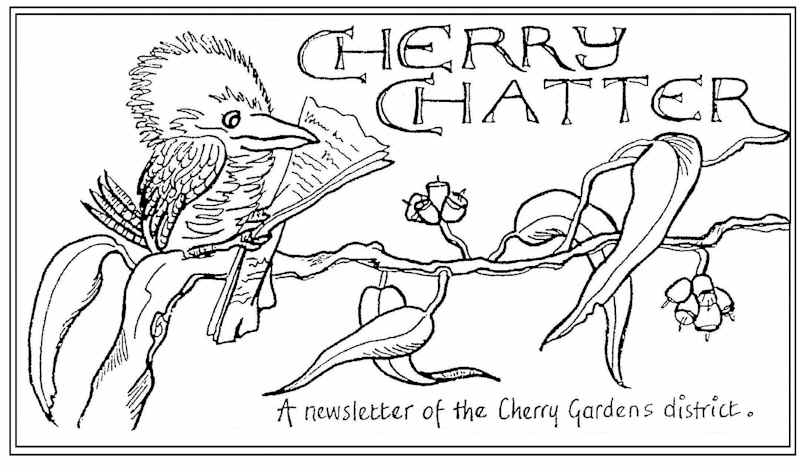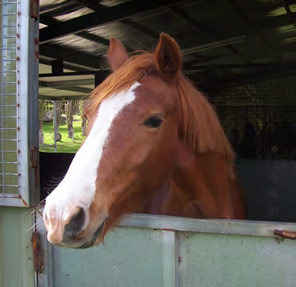Over the stable door (April)
Greeting Fellow Equines and Horse Owners!
Hopefully by now we have seen the worst of the summer season as far as fires go. We certainly live in a wonderful country, albeit one of extremes! In recent times, the welfare of the horse has been mentioned in the media. As the general public becomes more aware of standards of horse treatment (both good and not so good), horse owners are becoming more accountable for their practices. In the big picture this is largely to the benefit of us equines, but sadly the wheels of change move slowly. However, progress is being made and standards are being put in place.
One such set of standards if you like is called the 5 Freedoms.
Briefly put they include:
Freedom from hunger and thirst.
Freedom from discomfort.
Freedom from pain, injury and disease.
Freedom to express normal behaviour.
Freedom from fear and distress.
The first is pretty obvious you would think, as it covers providing adequate feed and ad lib access to clean water. The second includes things such as the environment – a paddock with good ground cover, safe fencing, shelter, free from hazards and weeds. Thirdly the horse should be well looked after, teeth attended to on a regular basis, a worming program in place and feet regularly trimmed, cleaned etc. Fourthly it is important for the horse to be able to move around, forage and have social contact. Lastly the horse needs to be treated kindly and consistently.
These 5 freedoms also come under a more detailed heading called the 5 Domains. So what this means is that the first freedom comes under the heading of nutrition. This includes not just feed, but the value of that feed, the proportion of bulk to concentrates, the ratio of kg of feed according to the weight of the horse, his age, activity, health and as an individual.
The second freedom refers to the horse’s environment. If stabled, this must be roomy, warm, comfortable, well ventilated and with other horses visible close by. If in a paddock, this should have good forage, no weeds, safe fencing and gates, shelter and preferably other horses as companions. The ground should be well drained, with no rabbit holes, wire or rocks.
Thirdly, the horse needs to be looked after well and this can include all manner of things from cleanliness, simple skin conditions, allergies, hoof problems (probably the most common), teeth and worming. Good horsemastership means checking on a daily basis and helps to strengthen that horse/human bond.
Fourthly, being able to express normal behaviour is vital. Horses are a herd animal and as such need to have social contact, preferably with their own kind. They have also evolved to move – i.e. travel kilometres to forage and find water. So, it is important that a stabled horse has regular access to outdoors for some period of time during the day. Also, because they have evolved to forage, a large part of their day is spent chewing (something in the region of 40,000 chews per day). So, when the human pops along, keeps a horse in isolation, restricts paddock access and feeds less bulk and more concentrates, here we have a recipe for disaster.
Removal of that freedom to express normal behaviour can result in many stereotypic coping behaviours such as crib biting, fence walking, weaving etc.
Lastly, freedom from fear and distress means that the horse’s mental state should be taken into account. Treating each horse as an individual with kindness and consistency will go a long way in keeping your horse mentally relaxed. This goes along with good sound training, the principles of which I will discuss next time around.
Safe riding everyone and look after your neddies!
Hamish

